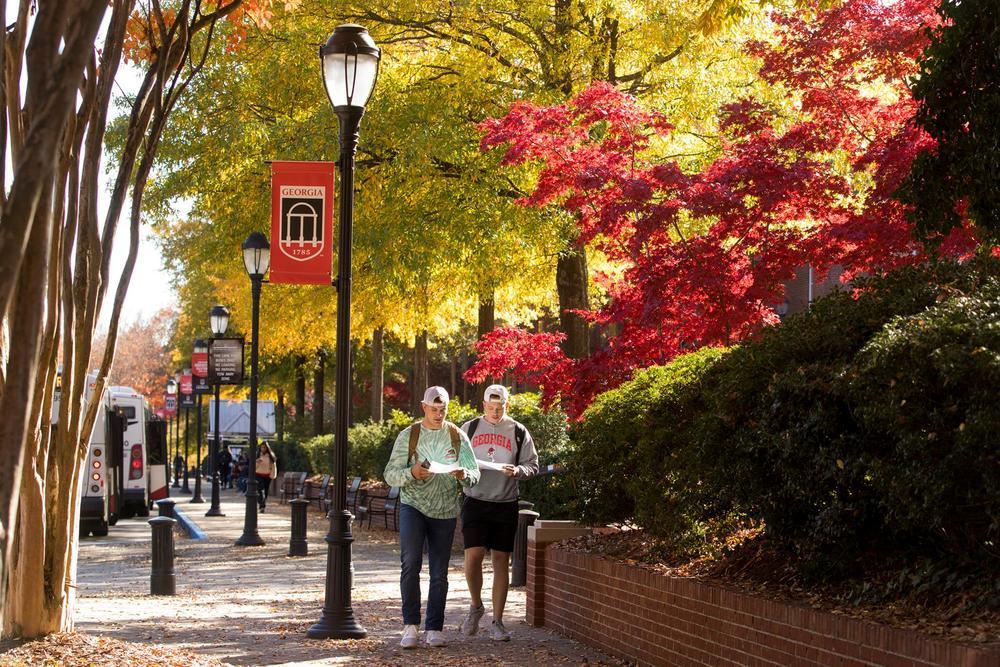
Caption
Fall enrollment increases weren’t uniform across the university system. Enrollment grew at the system’s four research universities: the University of Georgia, Georgia Tech, Georgia State University and Augusta University.
Credit: GPB file photo

